shared neutral
halmc
10 years ago
Related Stories
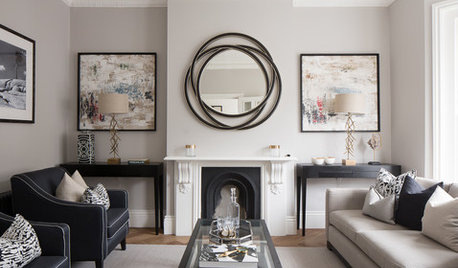
MOST POPULARWhat’s Your Neutral: Beige or Gray?
A designer shares 10 tips for using the neutral shade that works best for you
Full Story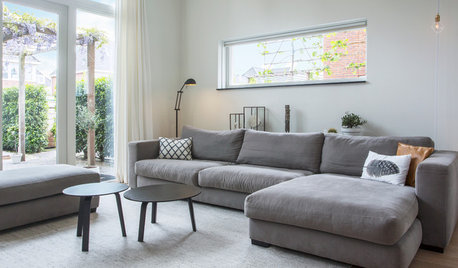
MY HOUZZMy Houzz: Natural Materials and Calming Neutrals in a Dutch Home
An interior designer works with a limited but thoughtful color palette to create her family's simply serene space
Full Story
DECORATING GUIDESNo Neutral Ground? Why the Color Camps Are So Opinionated
Can't we all just get along when it comes to color versus neutrals?
Full Story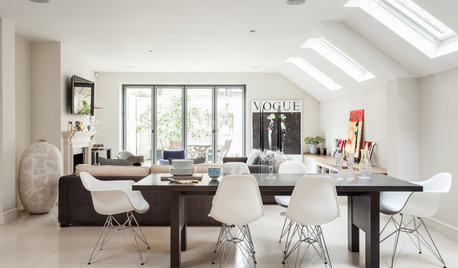
NEUTRAL COLORSHow to Do Neutrals With Attitude
Add a little edge to a neutral palette with pattern, texture, contrast — and a dash of color
Full Story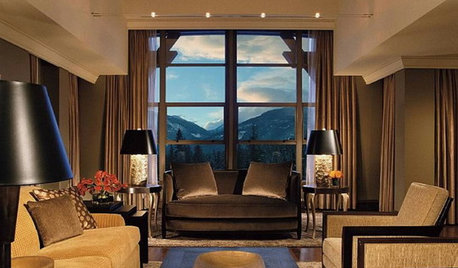
NEUTRAL COLORS10 Ways to Make Your Neutral Palette Shine
Wake up your beige and gray with a rich combination of texture, shape and pattern
Full Story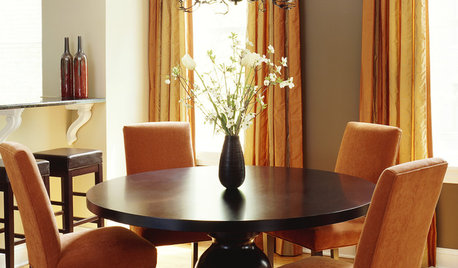
GRAYGoing Greige: Tips for Choosing This All-Around Neutral
Here are some ways to highlight and complement your home with this elegant hybrid of gray and beige
Full Story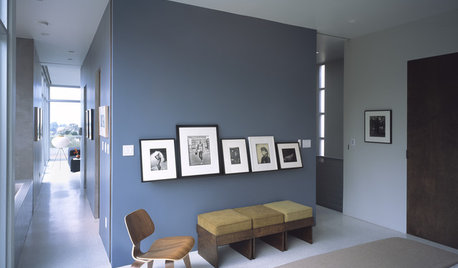
NEUTRAL COLORSDare to Choose a More Colorful Neutral
Understanding Shades of Hue Helps You Go Beyond Gray, White and Beige
Full Story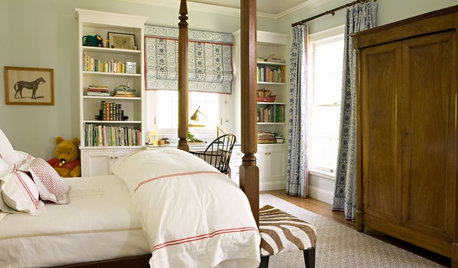
COLOR8 Neutral Rooms That Sneak In Color Interest
Kick up your favorite palette's visuals without diluting the tone-on-tone look, following the lead of these sophisticated spaces
Full Story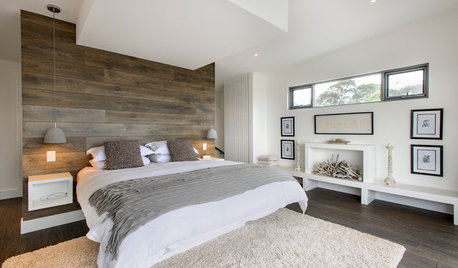
DECORATING GUIDESHow to Design a Neutral Room That Kicks Boring to the Curb
Neutrals need not be dull and lifeless. Here are some inspiring wow-factor designs — and ways to get the look
Full Story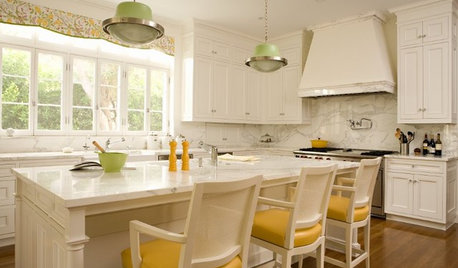
DECORATING GUIDESHow to Accent a Neutral Space With Color
Contrasting hues paired with a subtle palette give any room a pop of personality
Full Story







dennisgli
Ron Natalie
Related Professionals
Arkansas City General Contractors · Brownsville General Contractors · Highland City General Contractors · Leon Valley General Contractors · Millbrae General Contractors · Pacifica General Contractors · Woodmere General Contractors · Wyomissing General Contractors · Paramus Solar Energy Systems · Carlsbad Home Automation & Home Media · Gilbert Home Automation & Home Media · Irvine Home Automation & Home Media · Massapequa Home Automation & Home Media · Palo Alto Home Automation & Home Media · South Euclid Home Automation & Home MediaTaylor Electrical Solutions, LLC
Ron Natalie
joefixit2
Ron Natalie
halmcOriginal Author
halmcOriginal Author
joefixit2
Taylor Electrical Solutions, LLC
ionized_gw
User
halmcOriginal Author
camcars